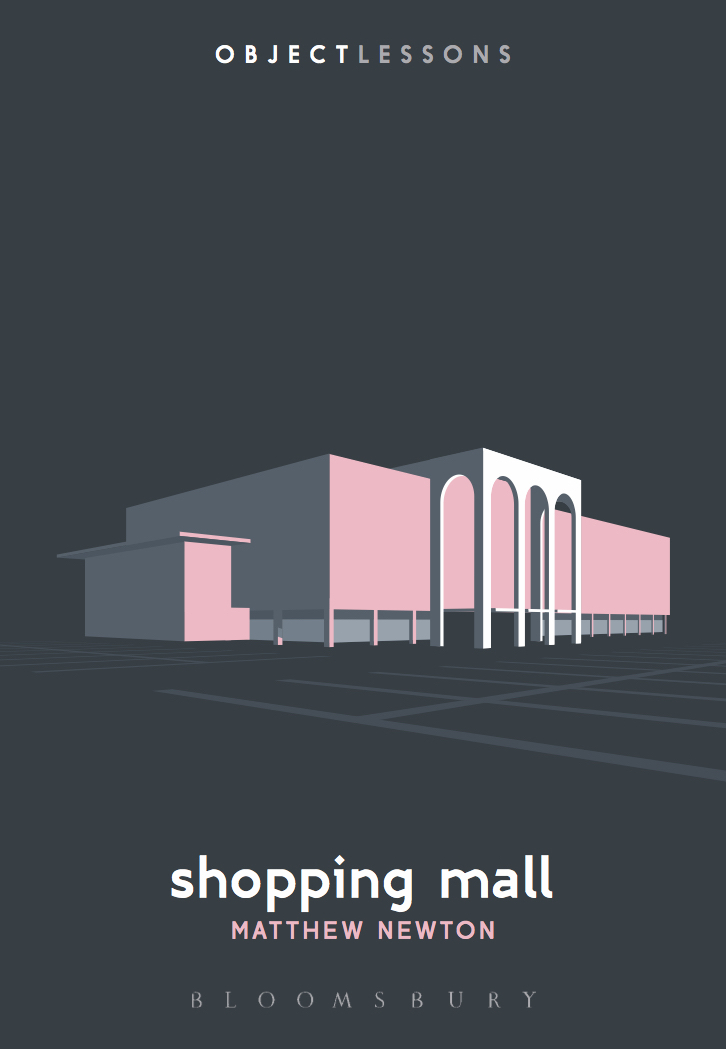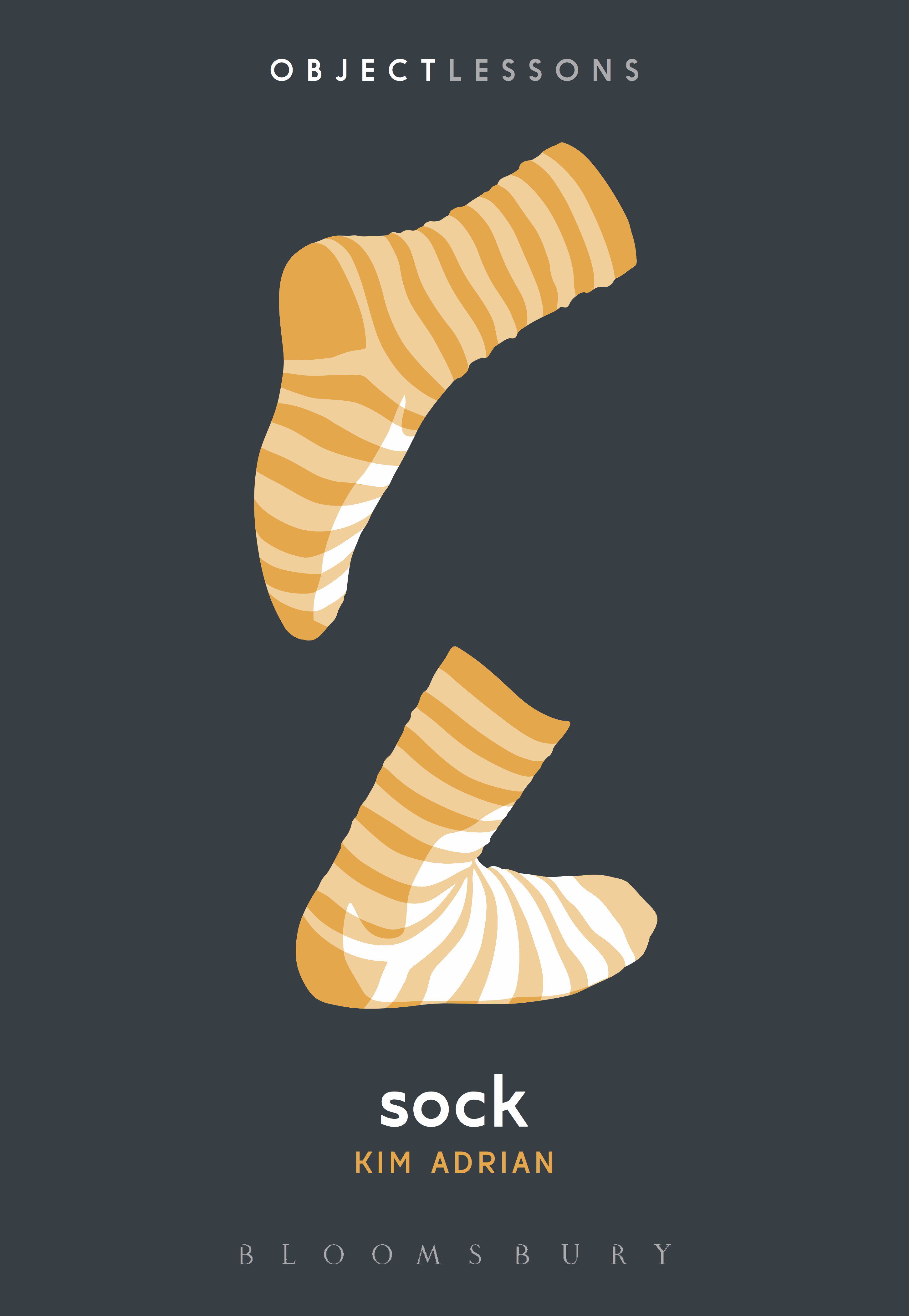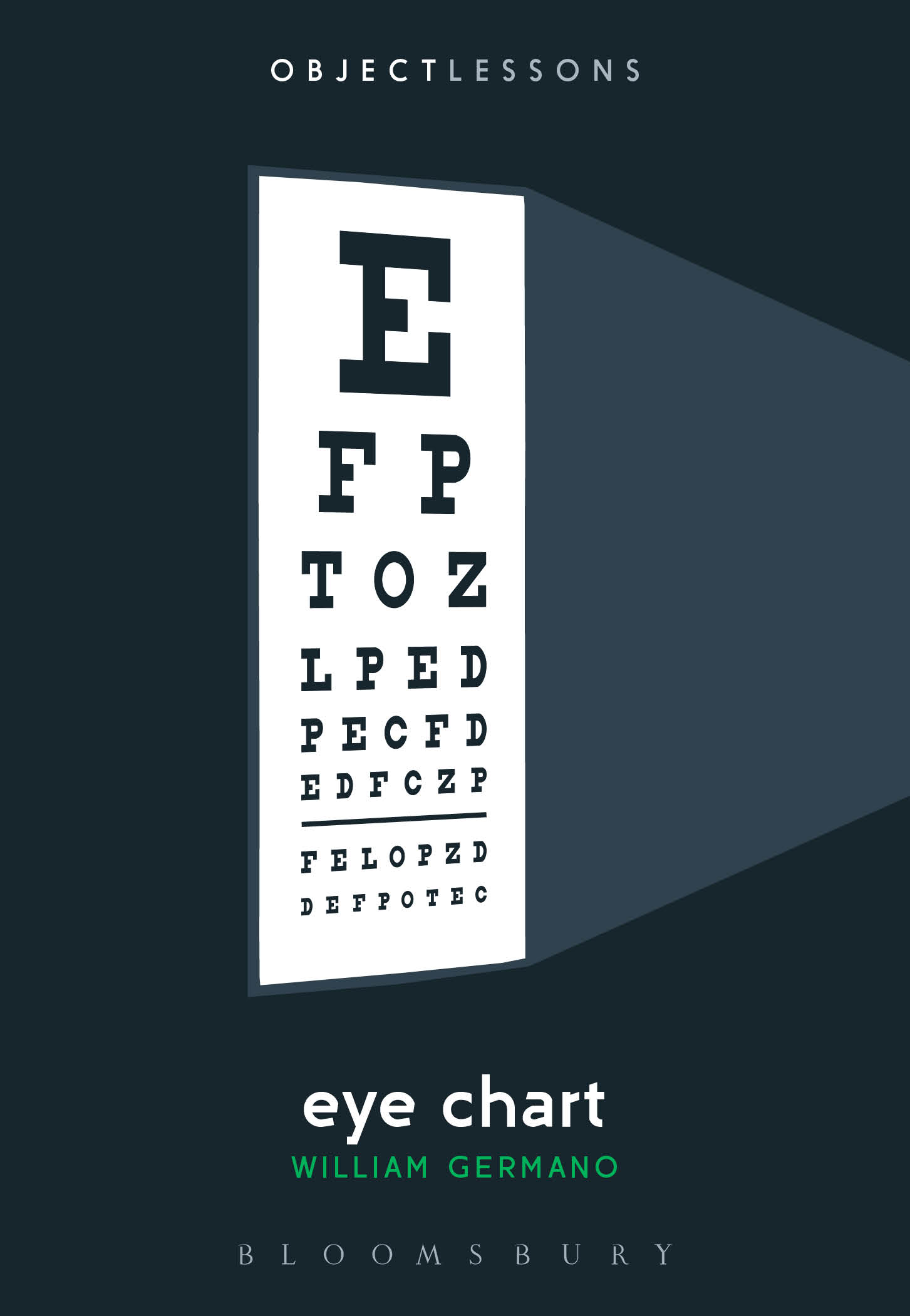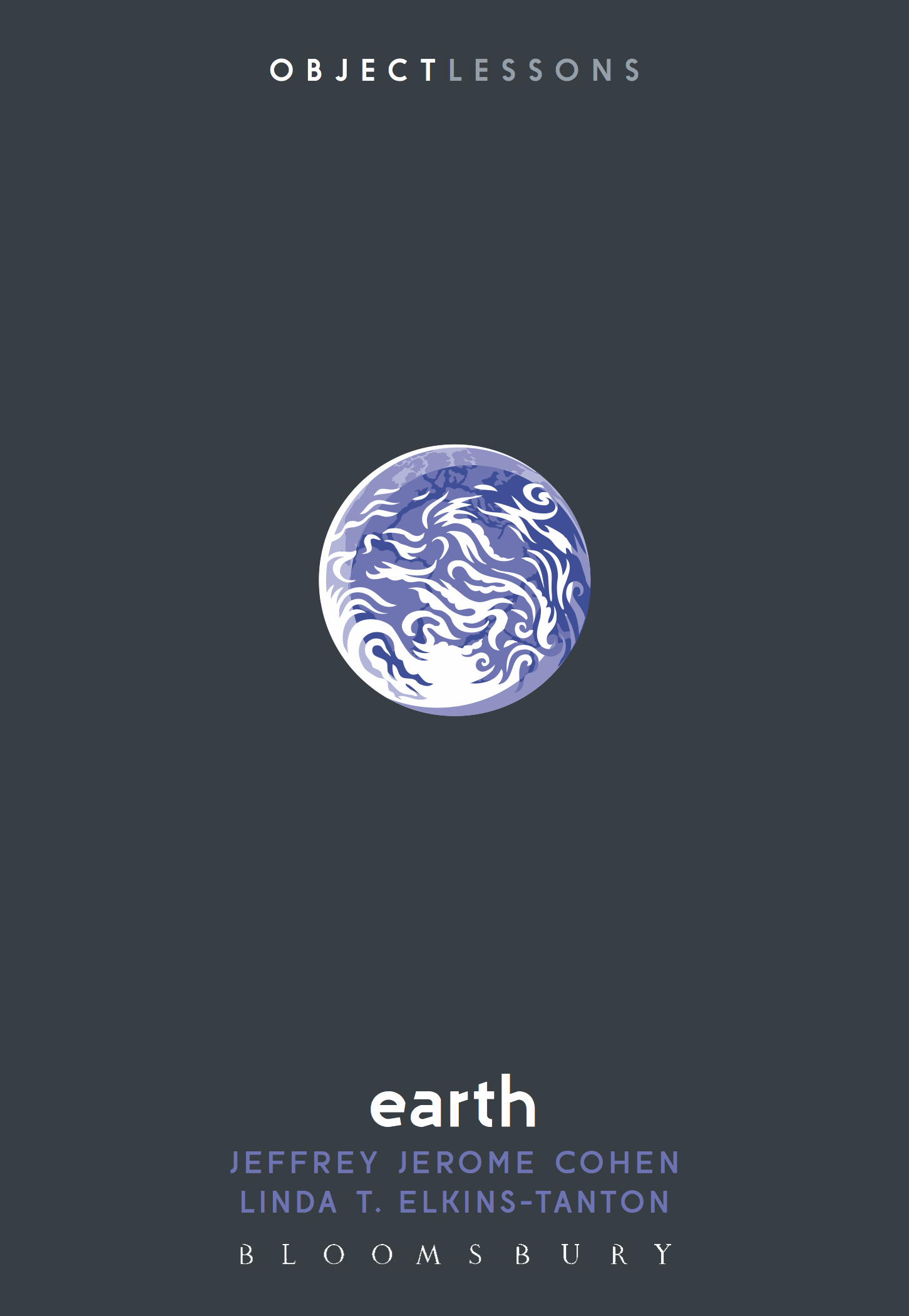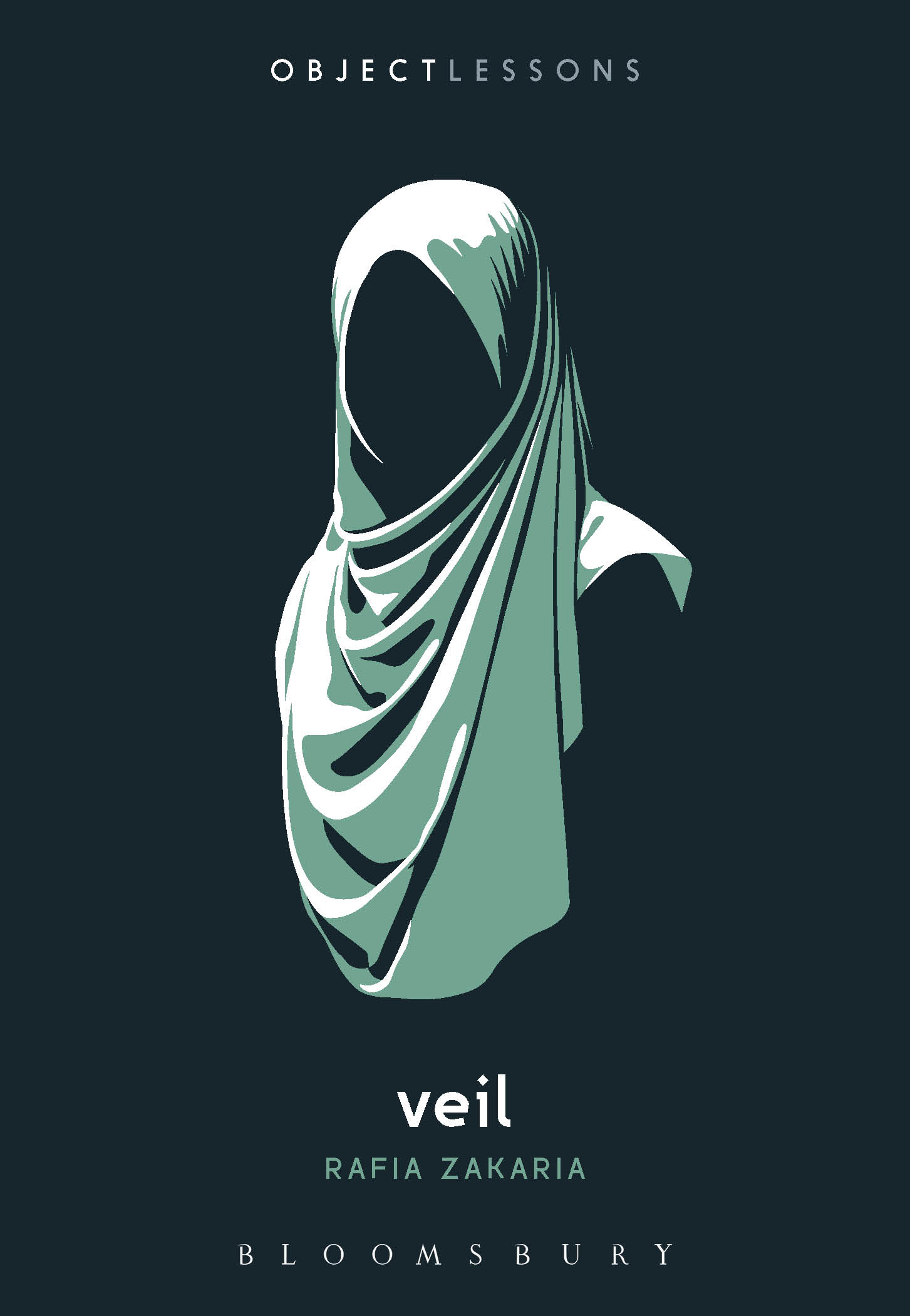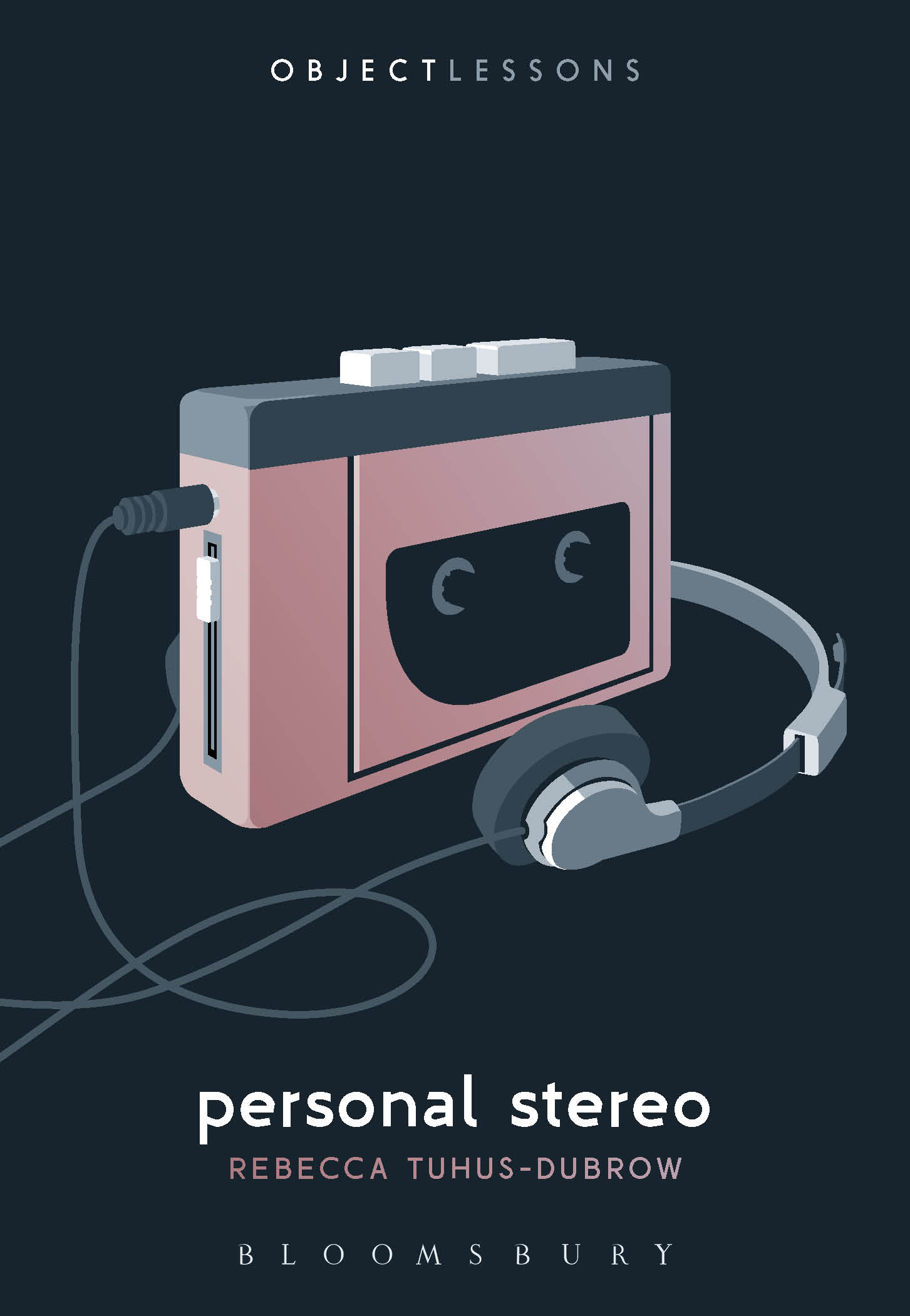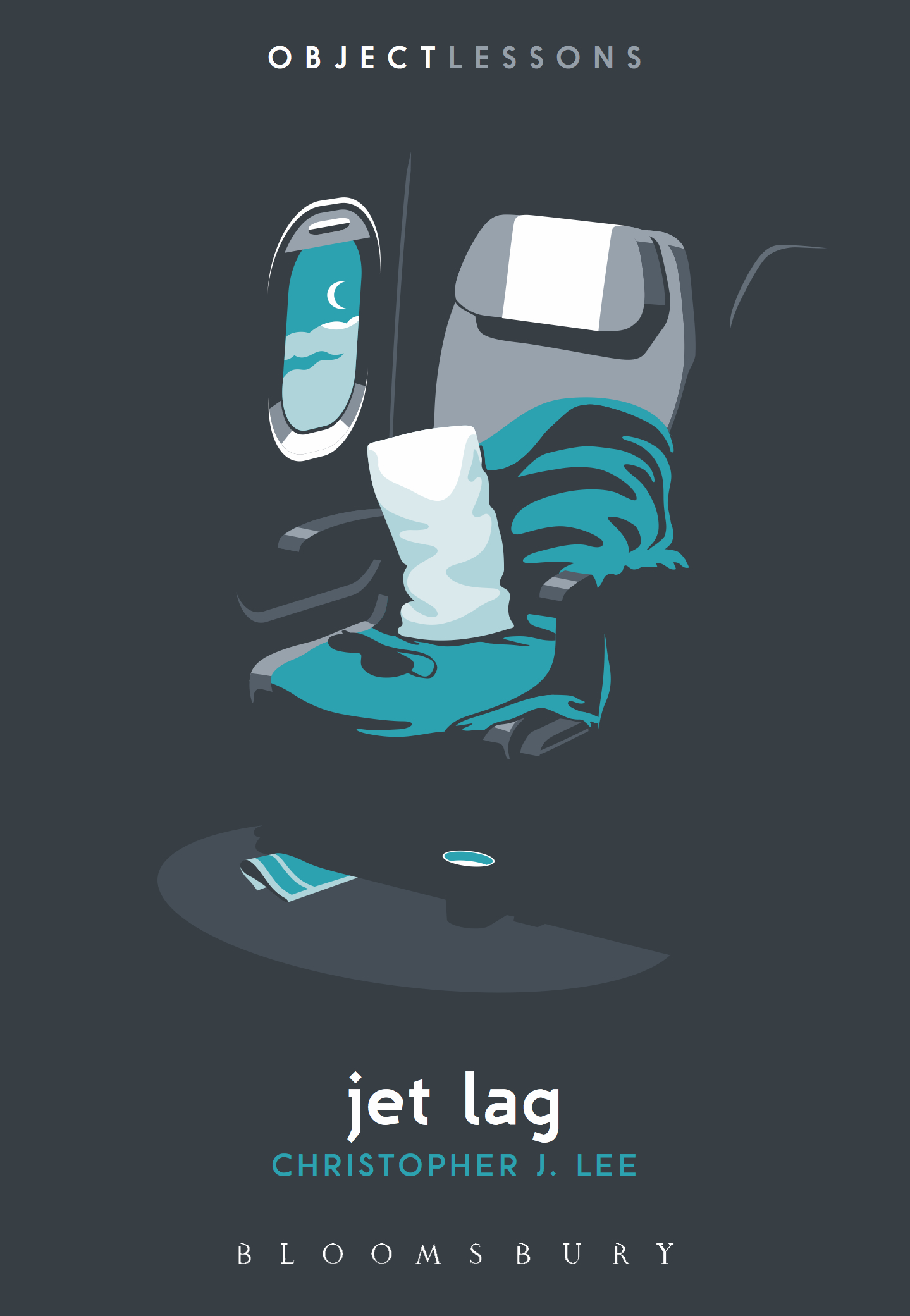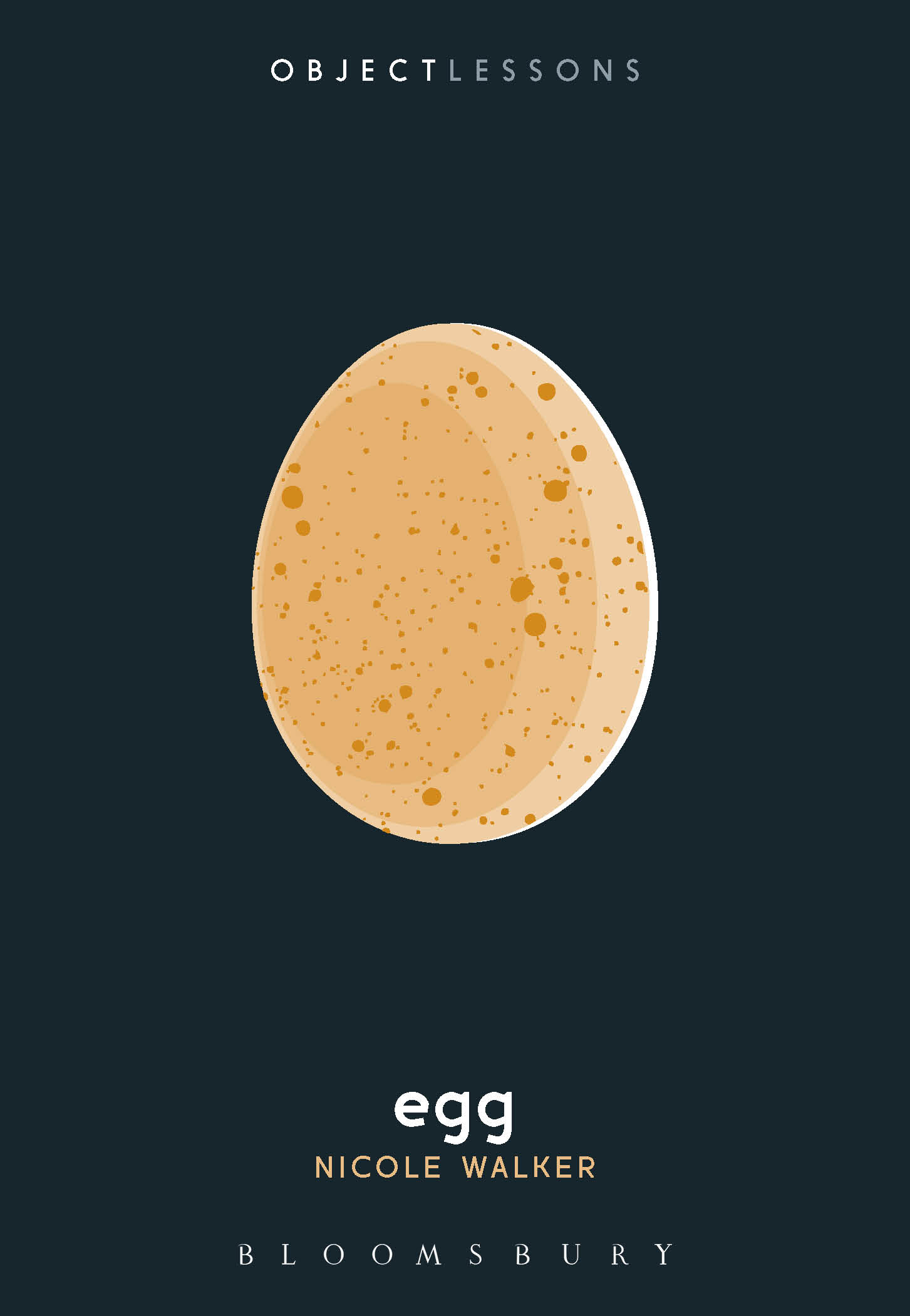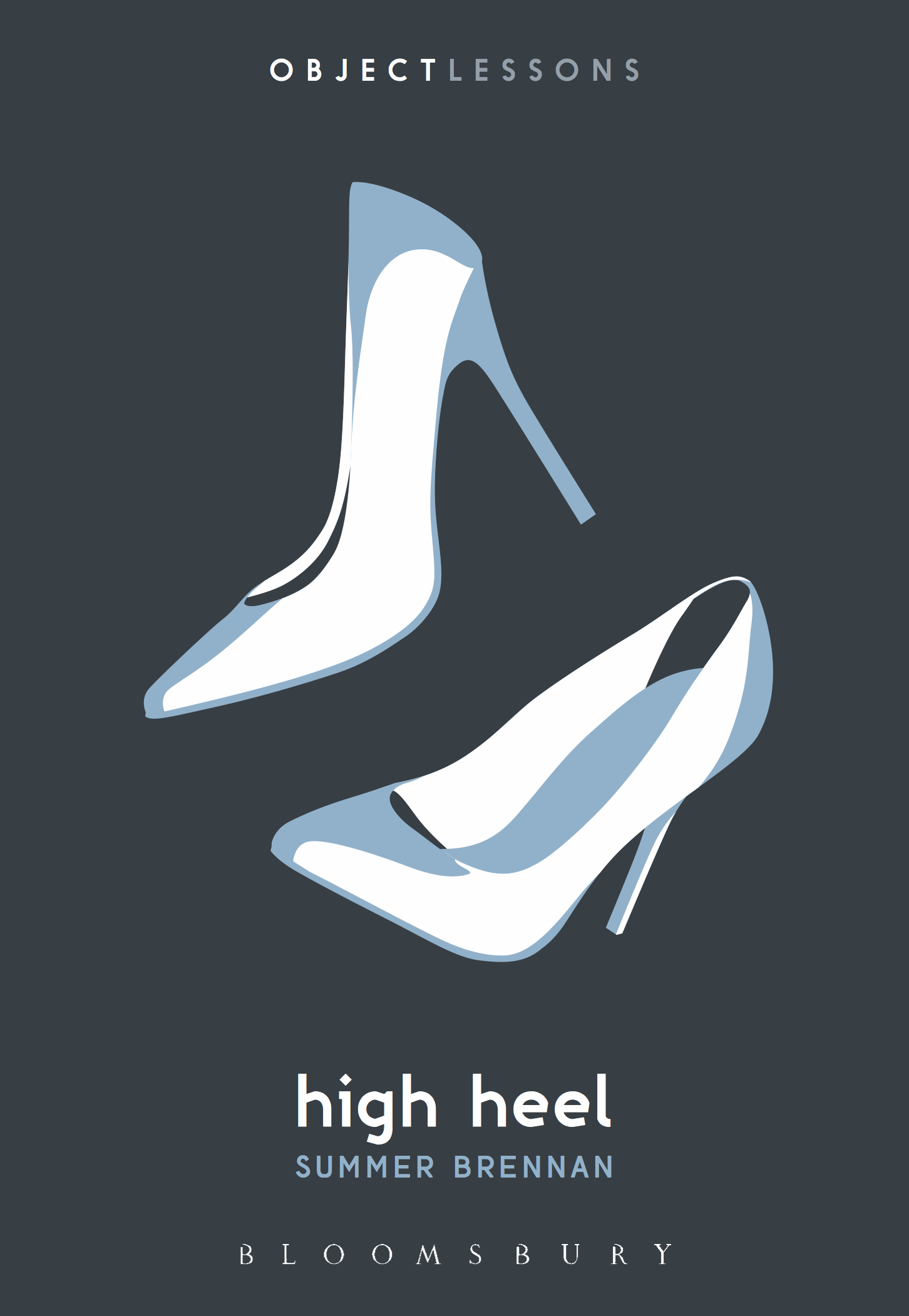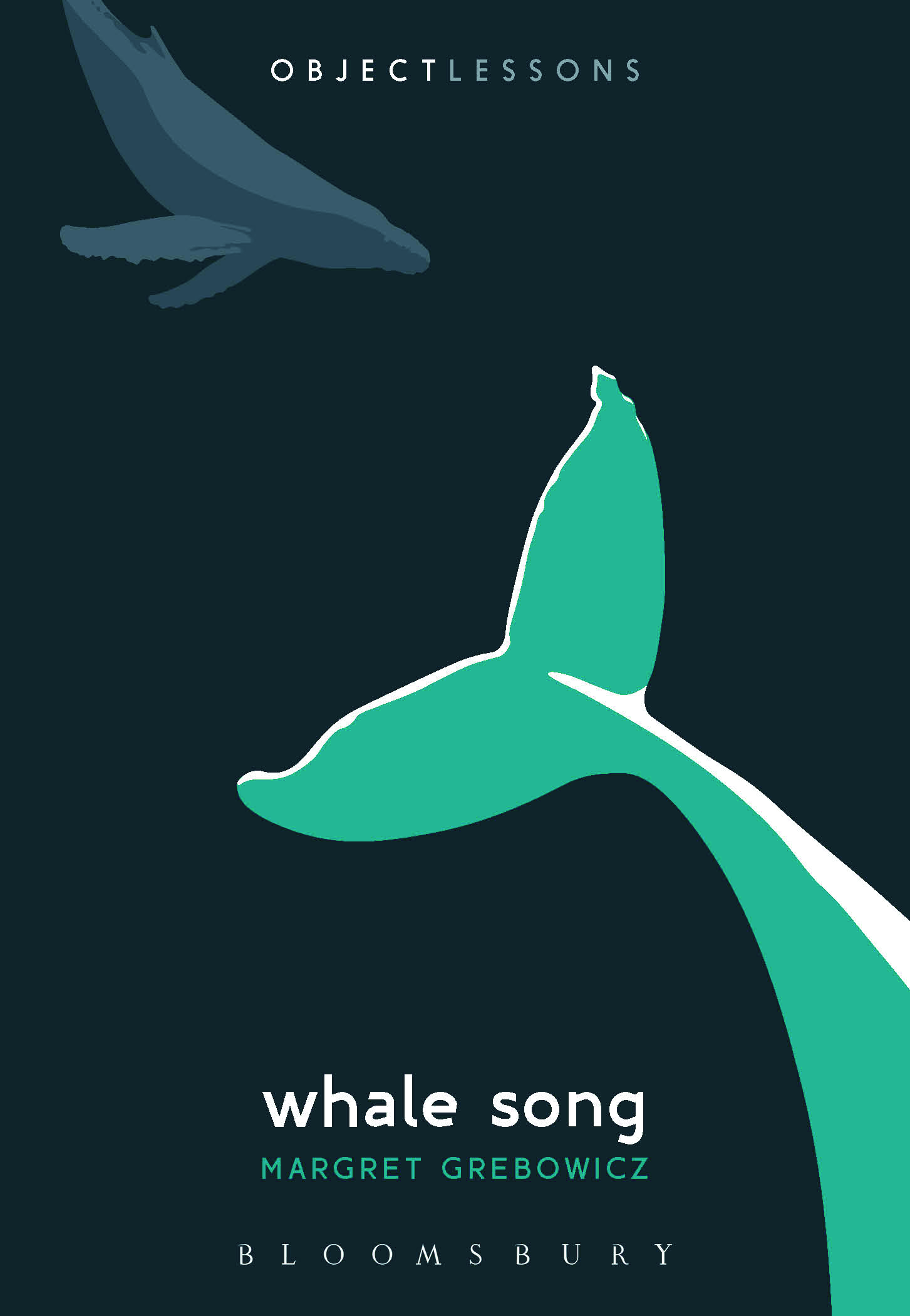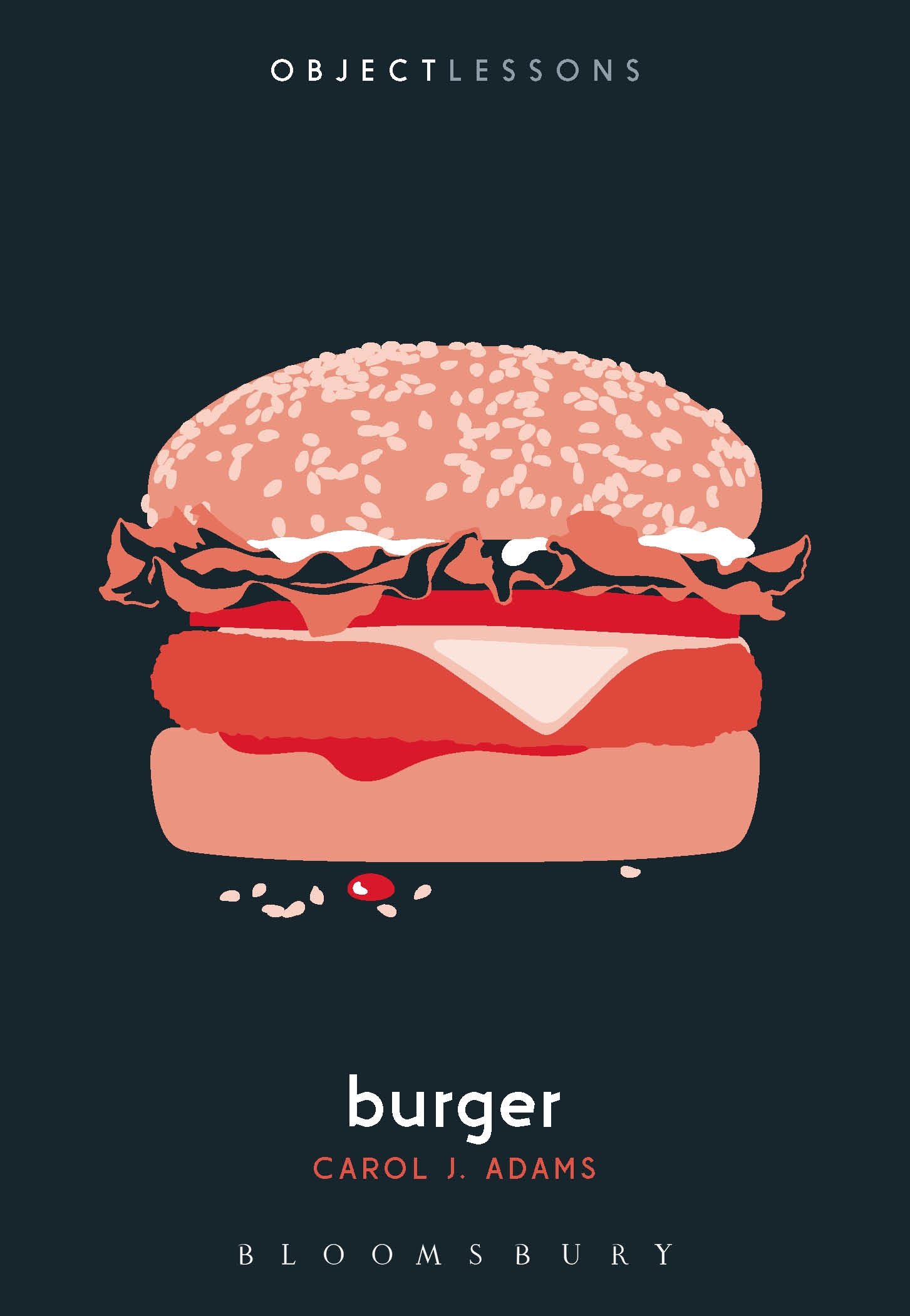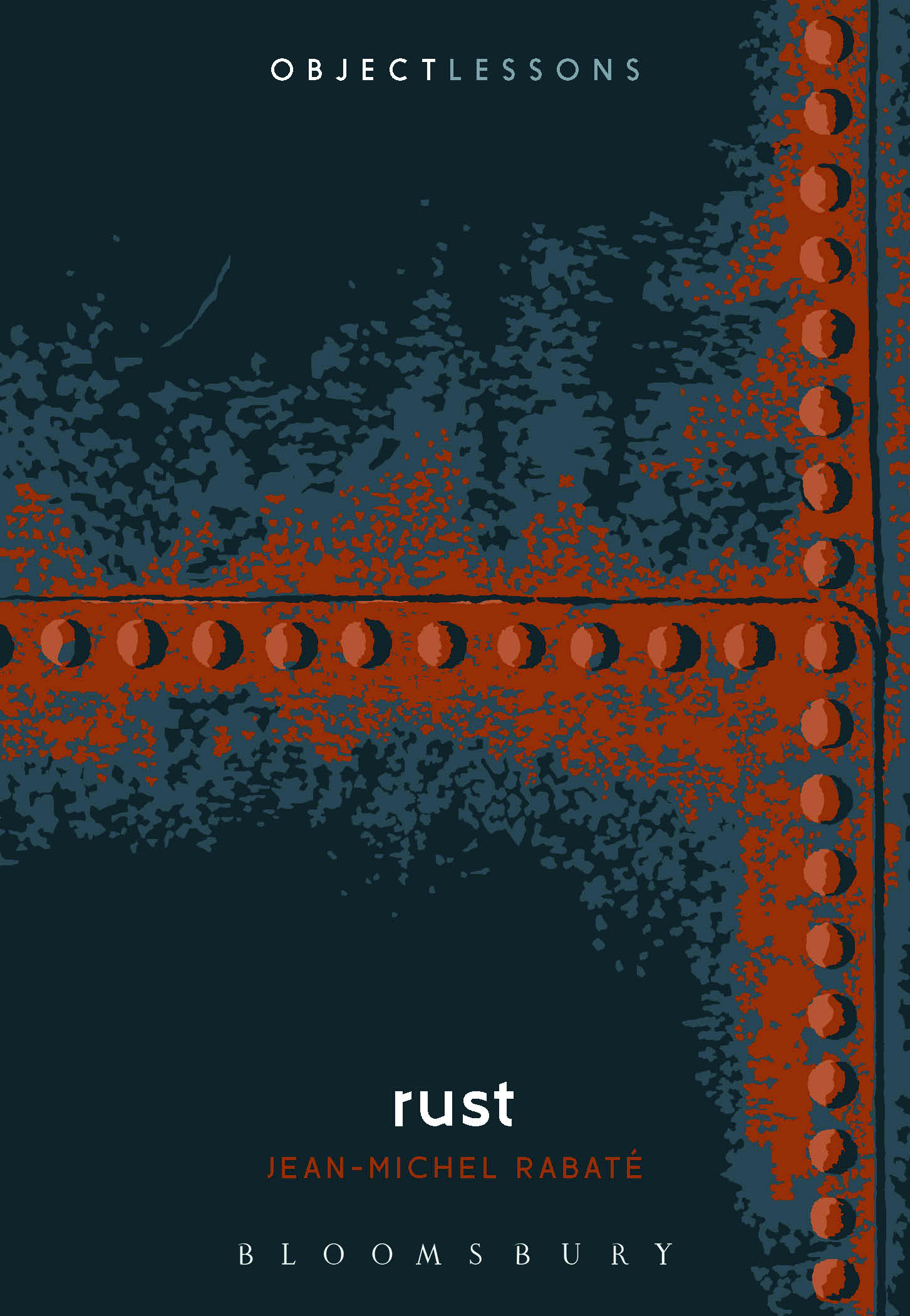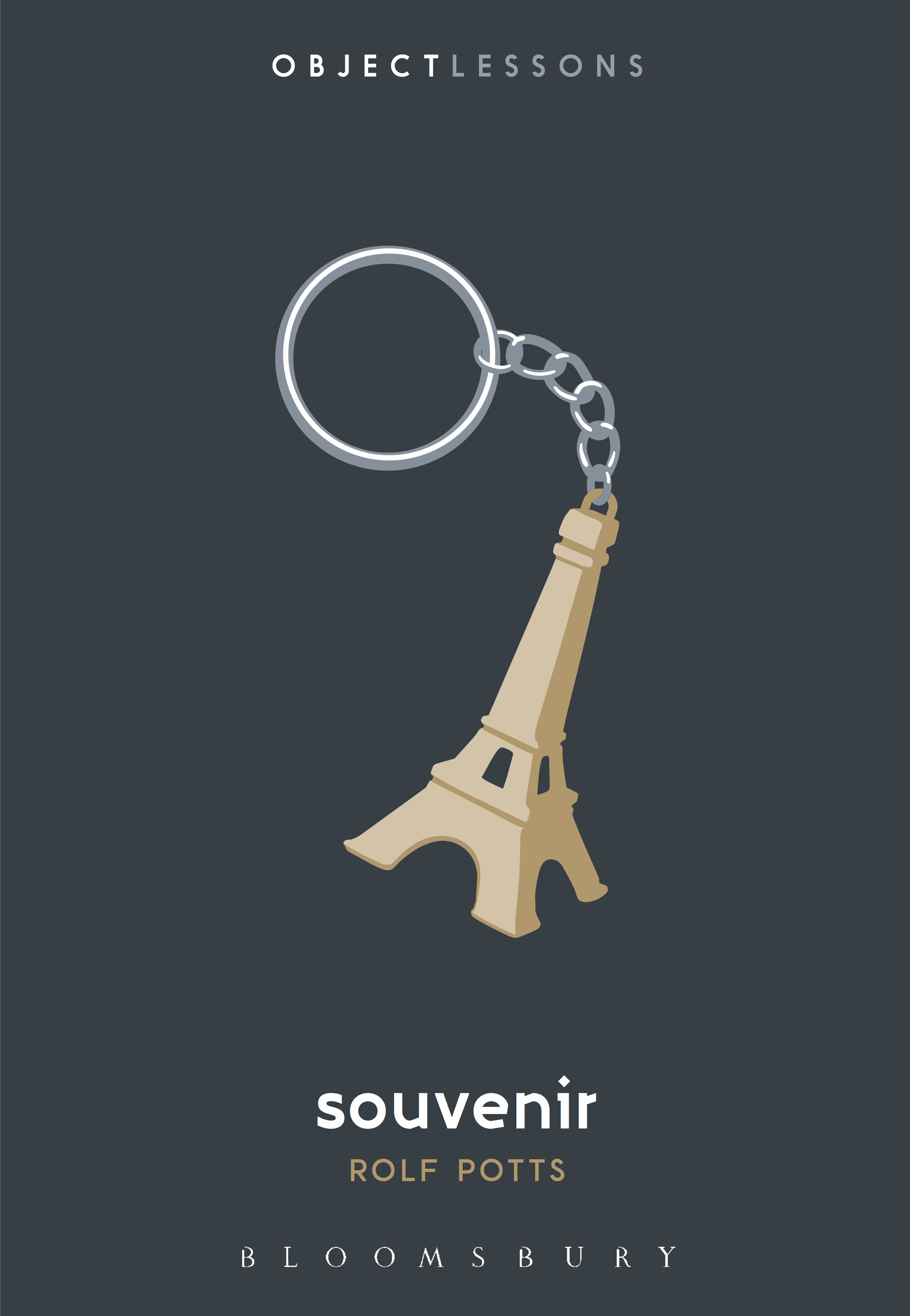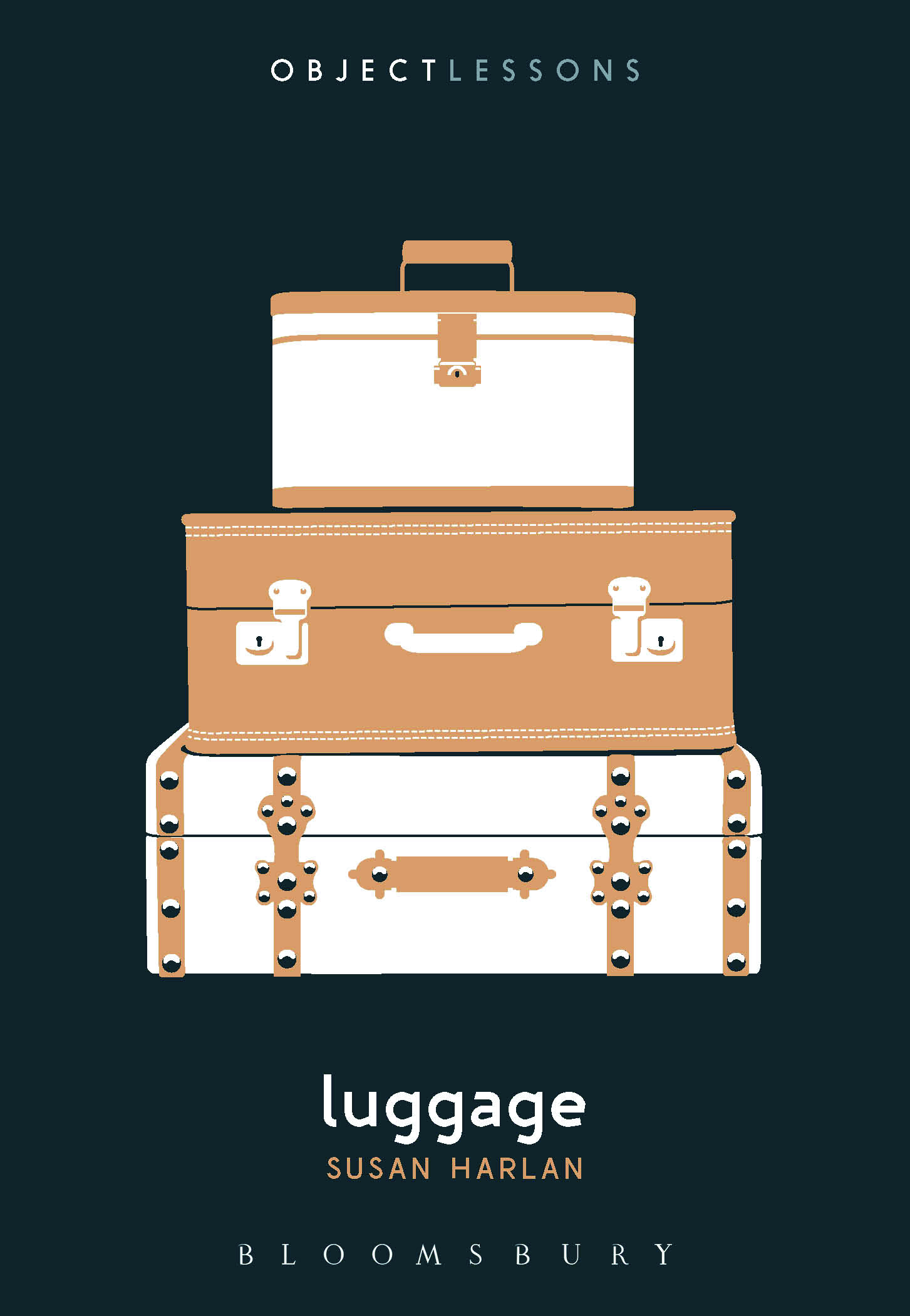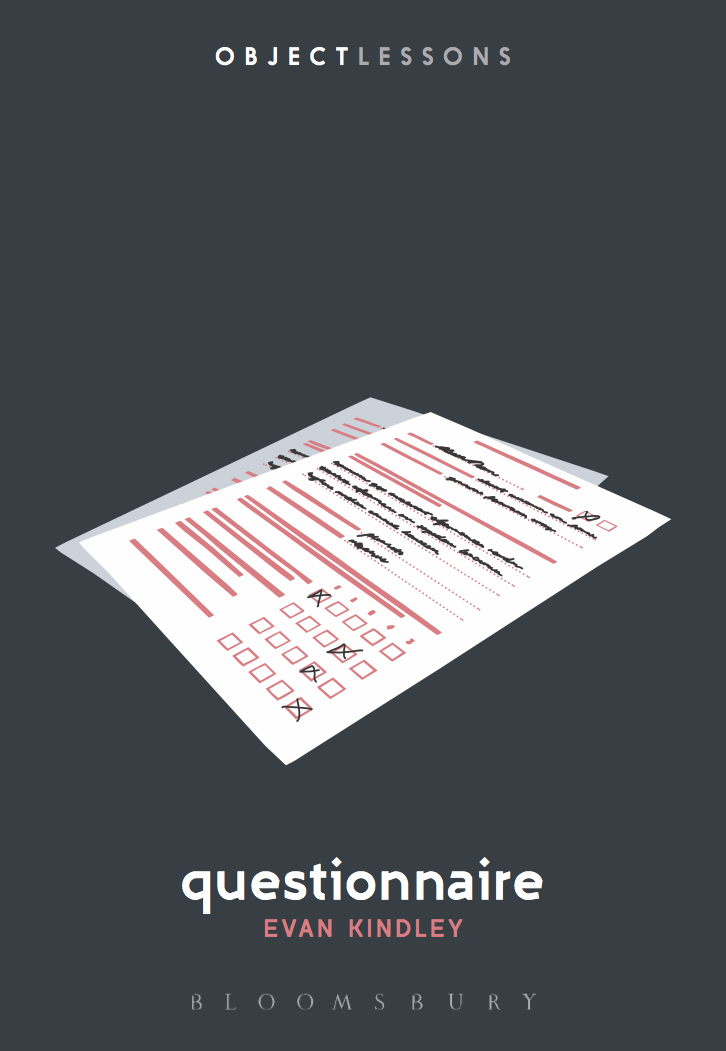
Questionnaire
The questionnaire beckons as a mundane object rife with complexity. Evan Kindley’s book considers the questionnaire as both a scientific instrument and as a game, intriguingly and recursively pressing a question on his readers: Why do we fill out questionnaires? The questionnaire is one of those things that seems to exist equally as a virtual reality and as a simple routine—but which, the more one considers it, the more its objectness gets tacky and textured. Kindley draws from sources as diverse as canonical literature, occult paraphernalia, and online minutiae. Questionnaire will appeal the skeptic, the cynic, and the devotee alike, teaching all in turn lessons about the forms we fill out in anger, desire, or despair.
 Amazon
Amazon